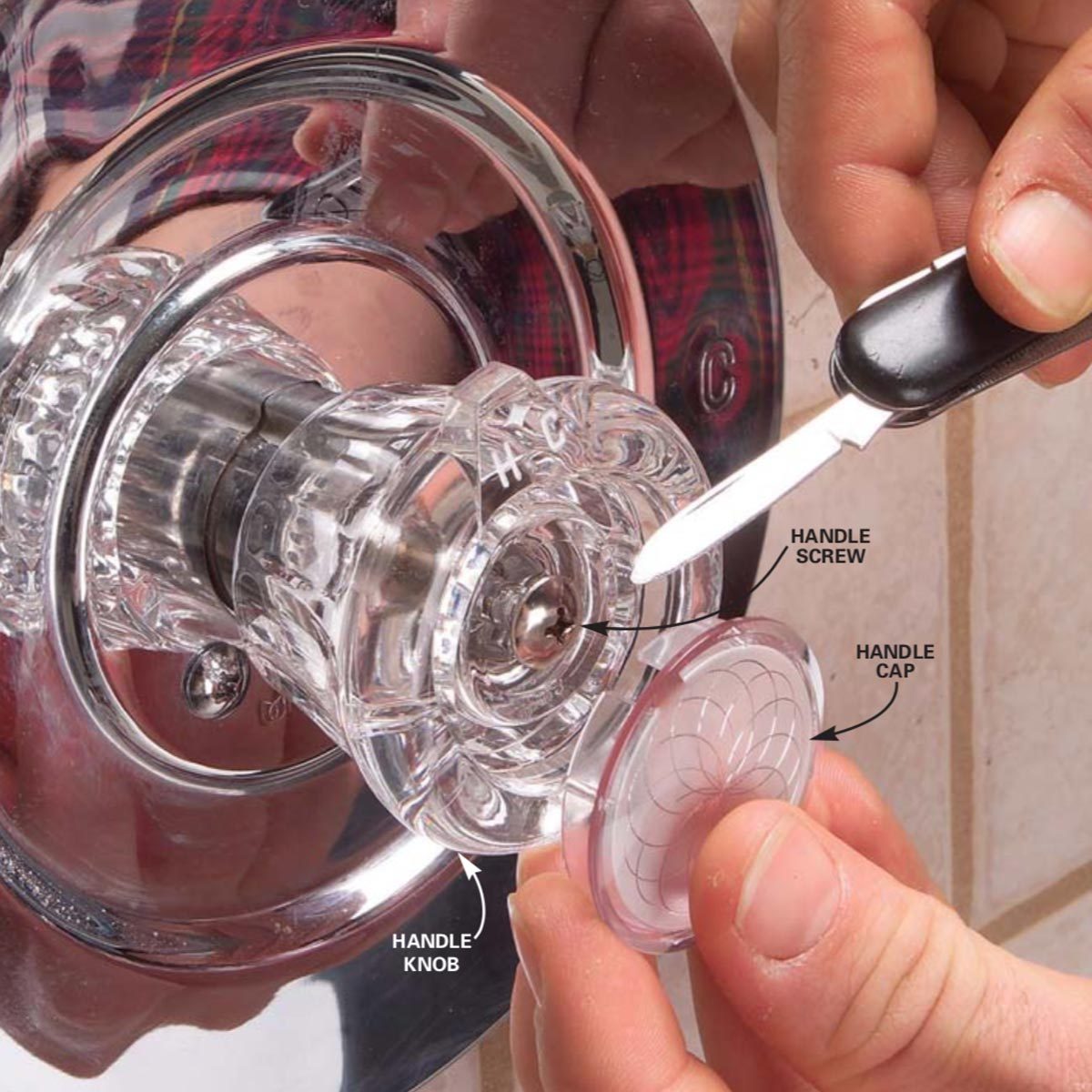Identifying the Cause of Drip Marks

How to remove drip marks from bathroom walls – Identifying the cause of drip marks on bathroom walls is crucial to effectively address the issue. Several common causes contribute to these unsightly marks, including water leaks, condensation, and soap residue.
If you have drip marks on your bathroom walls, there are a few things you can do to remove them. You can try using a damp cloth to wipe them away, or you can use a mild cleaning solution. If the drip marks are still there, you can try using a stronger cleaning solution.
However, if you have a board and batten wall in bathroom , you should be careful not to use a cleaning solution that is too strong, as it could damage the finish. Once you have removed the drip marks, you can dry the wall with a clean cloth.
Visual Inspection
A thorough visual inspection of the bathroom can reveal potential sources of water leaks. Check for cracks or gaps in pipes, faucets, or showerheads. Examine the ceiling and walls for signs of water stains or discoloration, which may indicate a leak from above.
Moisture Detectors
For more precise detection, employ moisture detectors. These devices measure moisture levels in materials and can pinpoint areas with excessive moisture, helping to identify hidden leaks or condensation issues.
To remove drip marks from bathroom walls, it’s important to use a gentle cleaning solution and a soft cloth to avoid damaging the surface. If the marks persist, consider mounting bathroom cabinet to wall to cover the affected area and prevent further water damage.
Once the cabinet is mounted, you can focus on removing any remaining drip marks to restore the wall’s pristine appearance.
Cleaning and Removing Drip Marks: How To Remove Drip Marks From Bathroom Walls

To effectively remove drip marks from bathroom walls, it is essential to identify the underlying cause and choose appropriate cleaning solutions and techniques. This guide will provide comprehensive instructions on cleaning and removing drip marks from various wall surfaces, emphasizing the importance of using suitable cleaning agents and preventing future occurrences.
Cleaning Techniques
- Tiles: Use a mixture of warm water and a mild dishwashing liquid. Apply the solution to the affected area using a soft cloth or sponge, and gently scrub in circular motions. Rinse thoroughly with clean water and dry with a clean towel.
- Paint: Test a small area with a mild cleaning solution, such as a mixture of warm water and white vinegar. If no discoloration occurs, apply the solution to the drip marks and gently wipe with a soft cloth. Rinse with clean water and dry thoroughly.
- Wallpaper: Use a damp cloth or sponge to gently wipe away the drip marks. Avoid scrubbing or using harsh chemicals, as these can damage the wallpaper.
Preventing Future Drip Marks
To prevent future drip marks, it is crucial to address the underlying cause and implement preventive measures:
- Seal Leaks: Identify and repair any leaks in pipes or fixtures that may be causing water to drip onto the walls.
- Improve Ventilation: Ensure proper ventilation in the bathroom to prevent condensation and moisture buildup. Install an exhaust fan or open a window during and after showers.
- Use Shower Curtains: Install a shower curtain to prevent water from splashing onto the walls during showers.
Repairing and Restoring Damaged Walls

Repairing drip mark damage on bathroom walls involves several steps to restore their appearance and prevent further deterioration. These steps include patching holes, sanding, and repainting to blend the repairs seamlessly with the existing wall surface.
Patching Holes
- Clean the damaged area thoroughly to remove any debris or loose paint.
- Apply a thin layer of spackling paste or drywall compound to the hole, using a putty knife or trowel.
- Smooth the spackling paste evenly over the hole, ensuring it is level with the surrounding wall surface.
- Allow the spackling paste to dry completely before sanding.
Sanding
Once the spackling paste is dry, sand the patched area lightly using fine-grit sandpaper. This will smooth the surface and remove any imperfections.
Repainting, How to remove drip marks from bathroom walls
To match the paint color and texture seamlessly, it is important to determine the original paint used on the wall. This can be done by consulting paint records, matching paint chips at a hardware store, or contacting the manufacturer.
- Apply a coat of primer to the patched area to ensure proper paint adhesion.
- Apply two or three thin coats of the matching paint, allowing each coat to dry completely before applying the next.
- If necessary, apply a protective coating or sealant to the repaired area to prevent future damage from moisture or stains.